News
SCIRun 5.0 Released
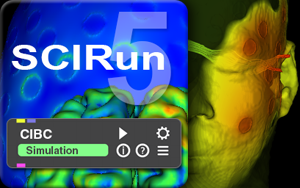 The Scientific Computing and Imaging Institute is excited to announce the first official alpha release of SCIRun 5.0!
The Scientific Computing and Imaging Institute is excited to announce the first official alpha release of SCIRun 5.0!New features include a new user interface based on the cross-platform Qt toolkit, updated graphics and visualization system, improved algorithm stability, expanded test coverage, a leaner and modernized codebase, better math library support through Eigen, and streamlined support for new modules and toolkit development. A Python scripting engine and Matlab interface will be available in our beta release.
Seg3D 2.2.0 Now Available
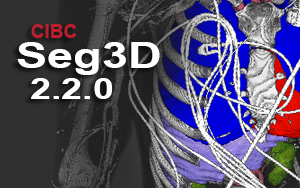 We are pleased to announce Seg3D version 2.2.0 and Seg3D's new GitHub repository (https://github.com/SCIInstitute/Seg3D).
We are pleased to announce Seg3D version 2.2.0 and Seg3D's new GitHub repository (https://github.com/SCIInstitute/Seg3D).The new binary installers and sources can be downloaded from:
http://www.sci.utah.edu/download/seg3d
For users building from source, please review the updated build instructions at www.seg3d.org as our CMake-based build has changed considerably since 2.1.5. This release contains bug fixes, upgraded third party libraries and tool improvements.
As we want to keep improving our software, questions, suggestions and bug reports are always welcome. Please contact us at This email address is being protected from spambots. You need JavaScript enabled to view it..
SCI Institute welcomes two new Professors in Computer Science and Mathematics
 Dr. Alexander Lex, School of Computing
Dr. Alexander Lex, School of Computing
Dr. Lex received his Bachelor's, Master's, and PhD degrees from the Graz University of Technology. For the past three years he was a Postdoctoral Fellow and Lecturer at the Harvard School of Engineering and Applied Sciences. In 2011 he completed a research internship at the Computational Genomics Lab at the Harvard Medical School.He develops interactive data analysis methods for experts and scientists. His primary research interest is interactive data visualization and analysis, especially applied to molecular biology and pharmacology. His research is driven by the observation that there are many data analysis challenges that require human reasoning and cannot be solved automatically. He is also interested in Human Computer Interaction and Bioinformatics.
Big Scientific Data Made Simple
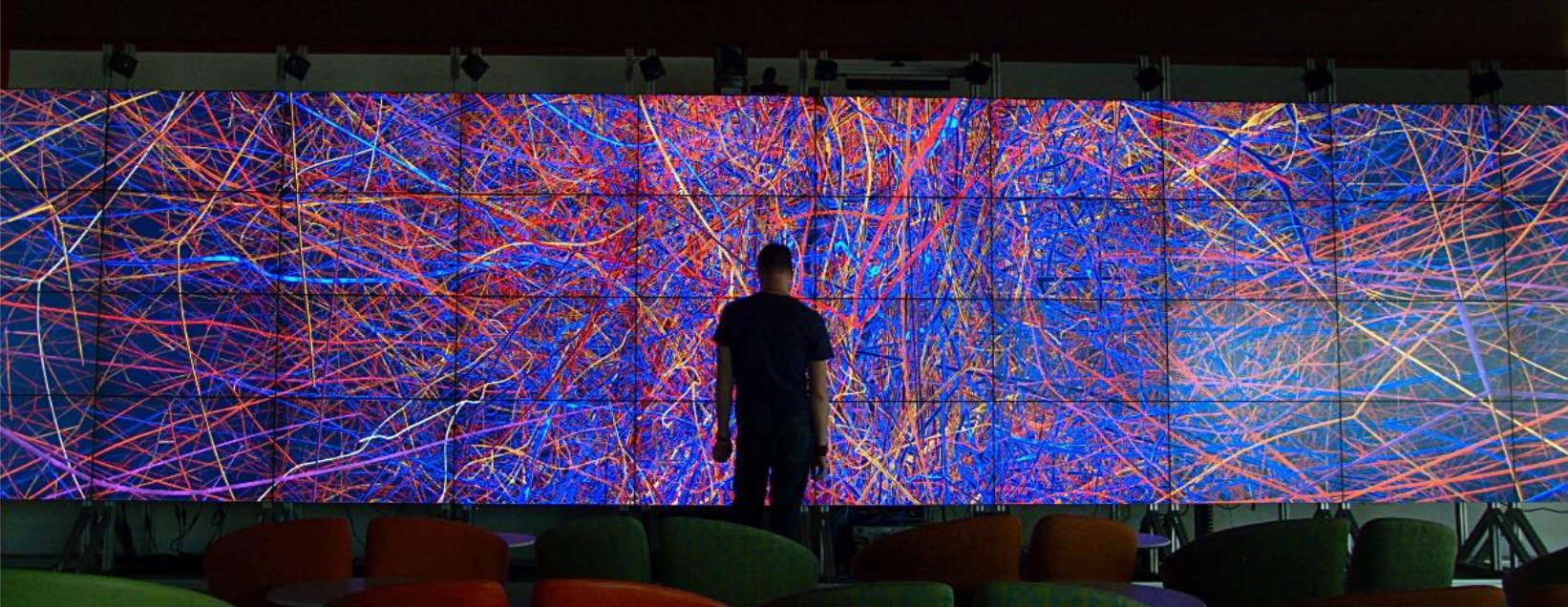
A Hands-on Tutorial in Data Generation, Processing, and Delivery for High Performance Computing and High Resolution Imaging
Dates: June 28-29 From 8:30am to 12noon
Location: KAUST Library Computer Classroom
Registration: http://tiny.cc/KAUST_BDM15_registration
BrainStimulator Released with SCIRun5 alpha
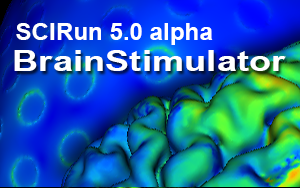 BrainStimulator is a set of networks that are used in SCIRun to perform simulations of brain stimulation such as transcranial direct current stimulation (tDCS) and magnetic transcranial stimulation (TMS).
BrainStimulator is a set of networks that are used in SCIRun to perform simulations of brain stimulation such as transcranial direct current stimulation (tDCS) and magnetic transcranial stimulation (TMS).Its modular implementation builds upon the new release of SCIRun 5.0 and following release versions. No additional software is needed to set up, compute, visualize and analyze simulations and their results. The BrainStimulator-specific modules can be visually and functionally combined to form networks including other more generic SCIRun5 modules.
FluoRender 2.16 Released
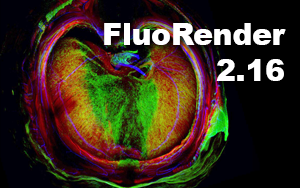 We are excited to announce the 2.16 release of FluoRender. For Microsoft Windows users, FluoRender 2.16 incorporates minor feature improvements and issue fixes. However, we have upgraded all graphics functions, conforming to the OpenGL core profile specifications. It allows us to have continuous support for future graphics processing units. FluoRender 2.16 requires graphics cards with a minimum support of OpenGL 3.3. Older graphics hardware need to be replaced. For Apple Mac OS X users, there is the exciting news that all features previously exclusive to Windows are now available*. It still requires relatively recent Apple hardware (2009 and on) and the operating systems.
We are excited to announce the 2.16 release of FluoRender. For Microsoft Windows users, FluoRender 2.16 incorporates minor feature improvements and issue fixes. However, we have upgraded all graphics functions, conforming to the OpenGL core profile specifications. It allows us to have continuous support for future graphics processing units. FluoRender 2.16 requires graphics cards with a minimum support of OpenGL 3.3. Older graphics hardware need to be replaced. For Apple Mac OS X users, there is the exciting news that all features previously exclusive to Windows are now available*. It still requires relatively recent Apple hardware (2009 and on) and the operating systems.See the full release notes here.
Utah team turns to computing to design clean oxy-coal boiler
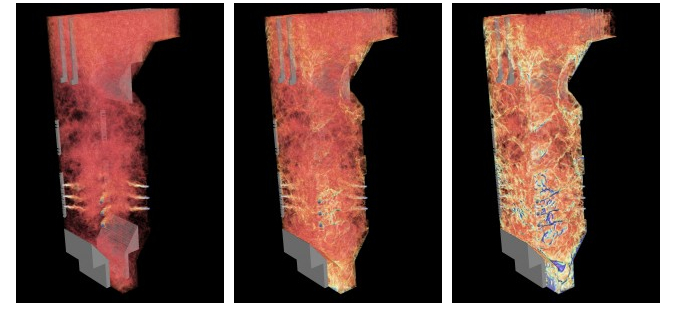 |
| A glimpse inside a coal-fired boiler. Click image to enlarge and for more information. |
SC15 Video Highlights Cutting-Edge Brain Simulations that help Parkinson’s Patients
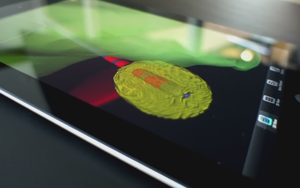 An enlightening video series launched by the SC conference steering committee in 2013 aims to illustrate how high performance computing is impacting everyday life – from manufacturing to storm prediction to the making of Hollywood blockbusters. The latest in the series is a short video highlighting the innovative work being done at the University of Utah's Scientific Computing and Imaging Institute in regards to helping Parkinson's patients lead more normal lives through deep brain stimulation (DBS). The Institute helps doctors pinpoint brain stimulation sites that relieve tremors in Parkinson's patients and drastically improve quality of life.
An enlightening video series launched by the SC conference steering committee in 2013 aims to illustrate how high performance computing is impacting everyday life – from manufacturing to storm prediction to the making of Hollywood blockbusters. The latest in the series is a short video highlighting the innovative work being done at the University of Utah's Scientific Computing and Imaging Institute in regards to helping Parkinson's patients lead more normal lives through deep brain stimulation (DBS). The Institute helps doctors pinpoint brain stimulation sites that relieve tremors in Parkinson's patients and drastically improve quality of life.You can read the full article at http://sc15blog.blogspot.com/2015/05/sc15-video-highlights-cutting-edge.html
Miriah Meyer Receives Outstanding Teaching Award
 Congratulations to Miriah Meyer who received the School of Computing Outstanding Teaching Award.
Congratulations to Miriah Meyer who received the School of Computing Outstanding Teaching Award. High resolution photo courtesy of the School of Computing.
For more information and pictures from the graduation reception, visit http://www.cs.utah.edu/faculty-and-students-recognized-with-top-awards-at-graduation-reception/
Data Science: What is it and How to Teach it?
 Recently, the term big data has become ubiquitous. People who can wrangle big data are called data scientists. According to a number of sources, there is a growing need for people trained as data scientists. But what is data science? Is data science its own field or is it an interdisciplinary mix of computer science, mathematics and statistics, and domain knowledge, or perhaps is it really what statisticians have been doing all along? Since data science at scale involves large-scale computation, what is the relation between data science and computational science in research and education?
Recently, the term big data has become ubiquitous. People who can wrangle big data are called data scientists. According to a number of sources, there is a growing need for people trained as data scientists. But what is data science? Is data science its own field or is it an interdisciplinary mix of computer science, mathematics and statistics, and domain knowledge, or perhaps is it really what statisticians have been doing all along? Since data science at scale involves large-scale computation, what is the relation between data science and computational science in research and education?Read the full article on the SIAM Blogs
New Method Increases Accuracy of Ovarian Cancer Prognosis and Diagnosis
Mathematical Technique Reveals Predictive DNA Patterns That Other Methods Missed
Nearly anyone touched by ovarian cancer will tell you: it's devastating. It's bad enough that cancer in almost 80 percent of patients reaches advanced stages before diagnosis, and that most patients are expected to die within five years. But just as painfully, roughly one quarter of women diagnosed have no warning that they are resistant to platinum-based chemotherapy, the main line of defense, nor that they will likely have 18 months to live.




